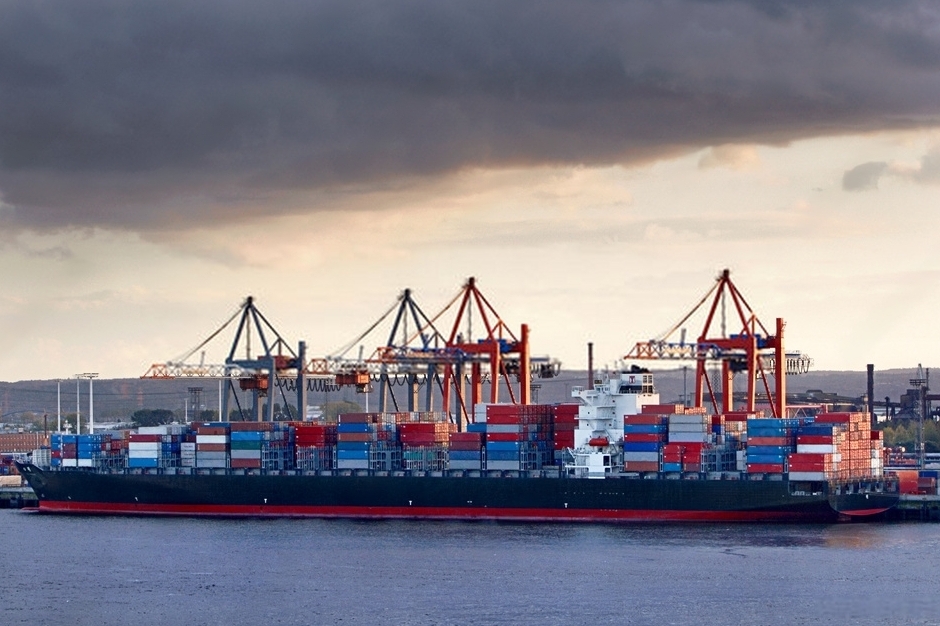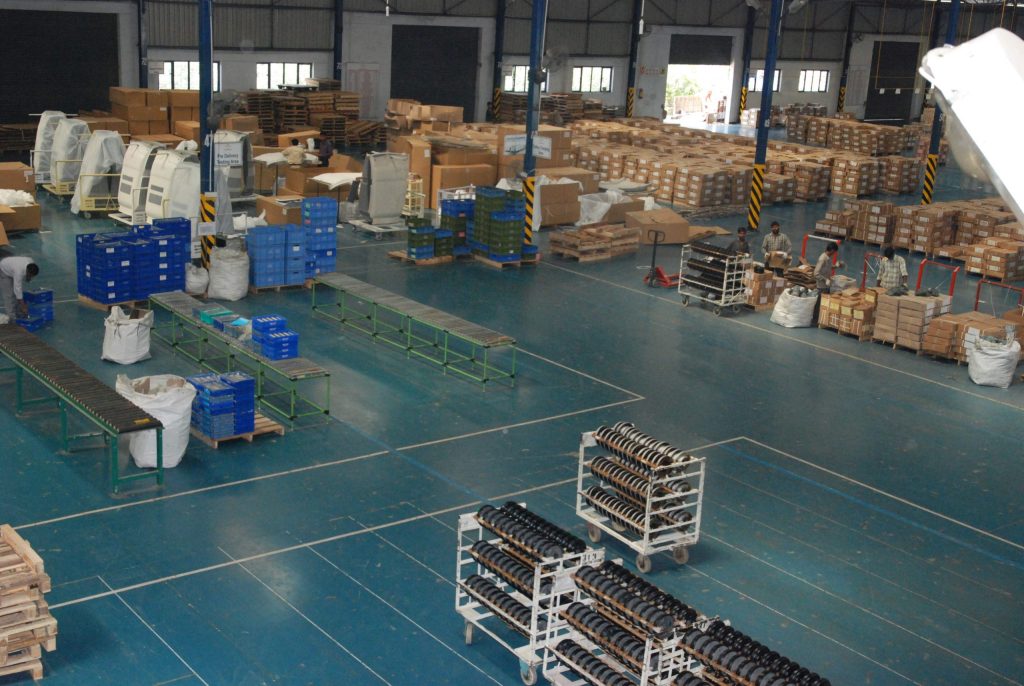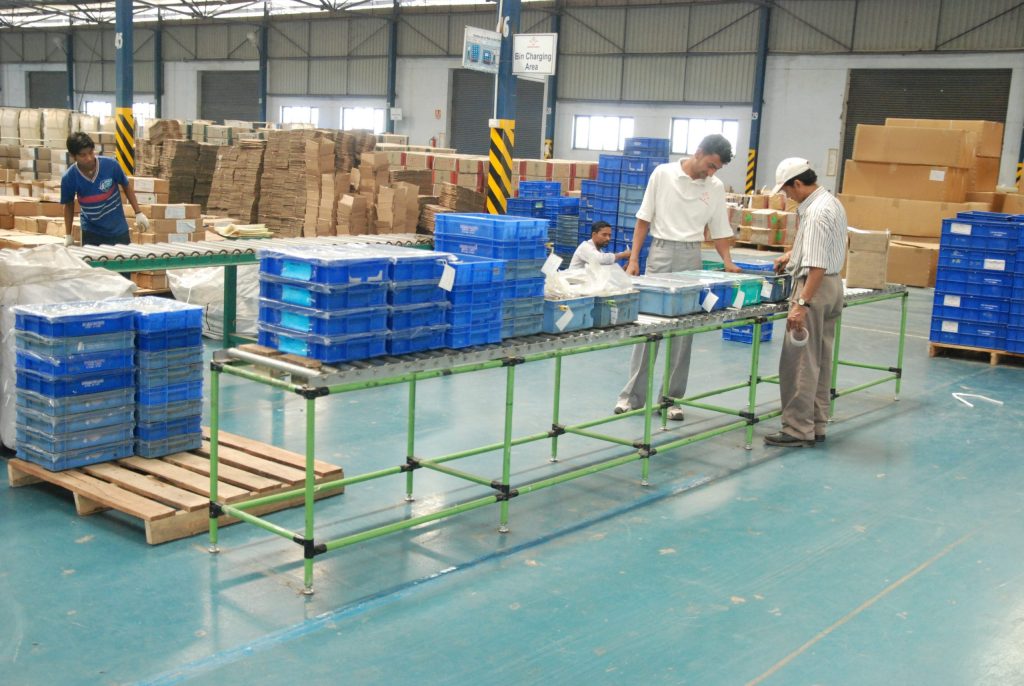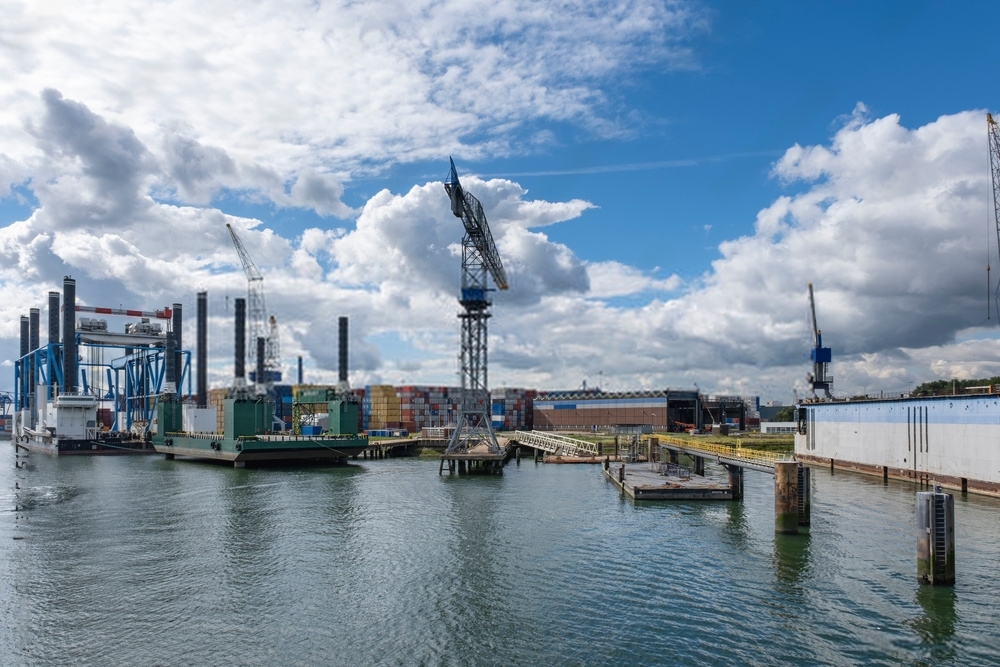What is the impact of global trade tariffs on logistics & SCM?
Global trade tariffs refer to taxes imposed on goods and services that are traded between different countries. So, what is the impact of global trade tariffs on logistics & SCM? They are levied by governments to regulate international trade and to protect domestic industries. Tariffs are applied to imports or exports depending on a country’s […]
What is the impact of global trade tariffs on logistics & SCM? Read More »





